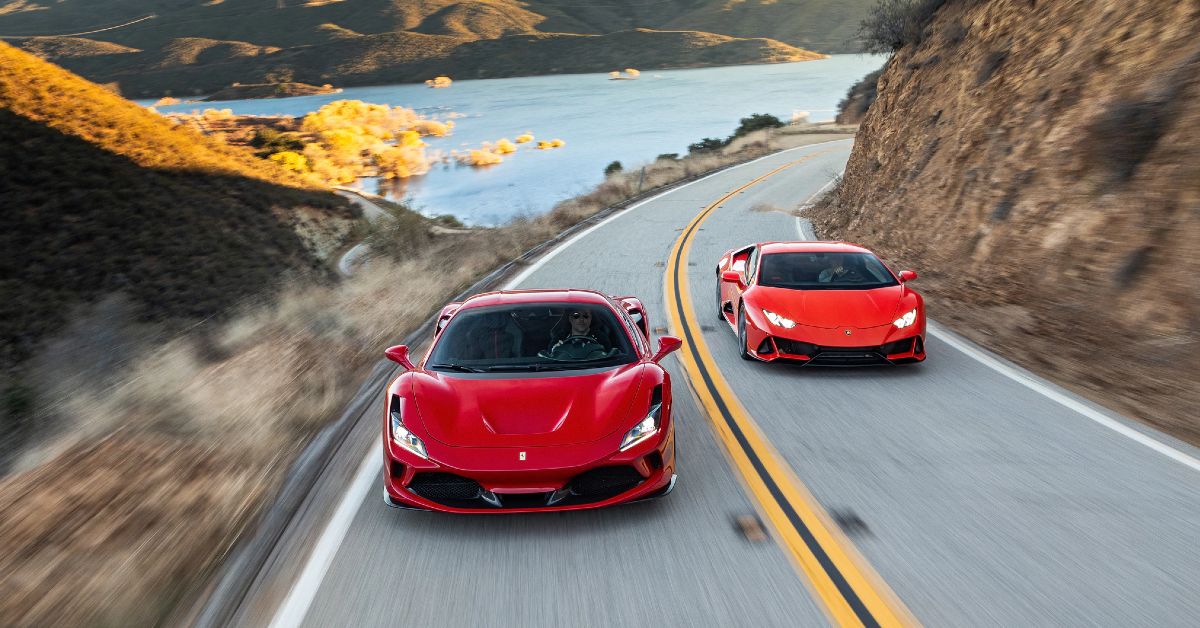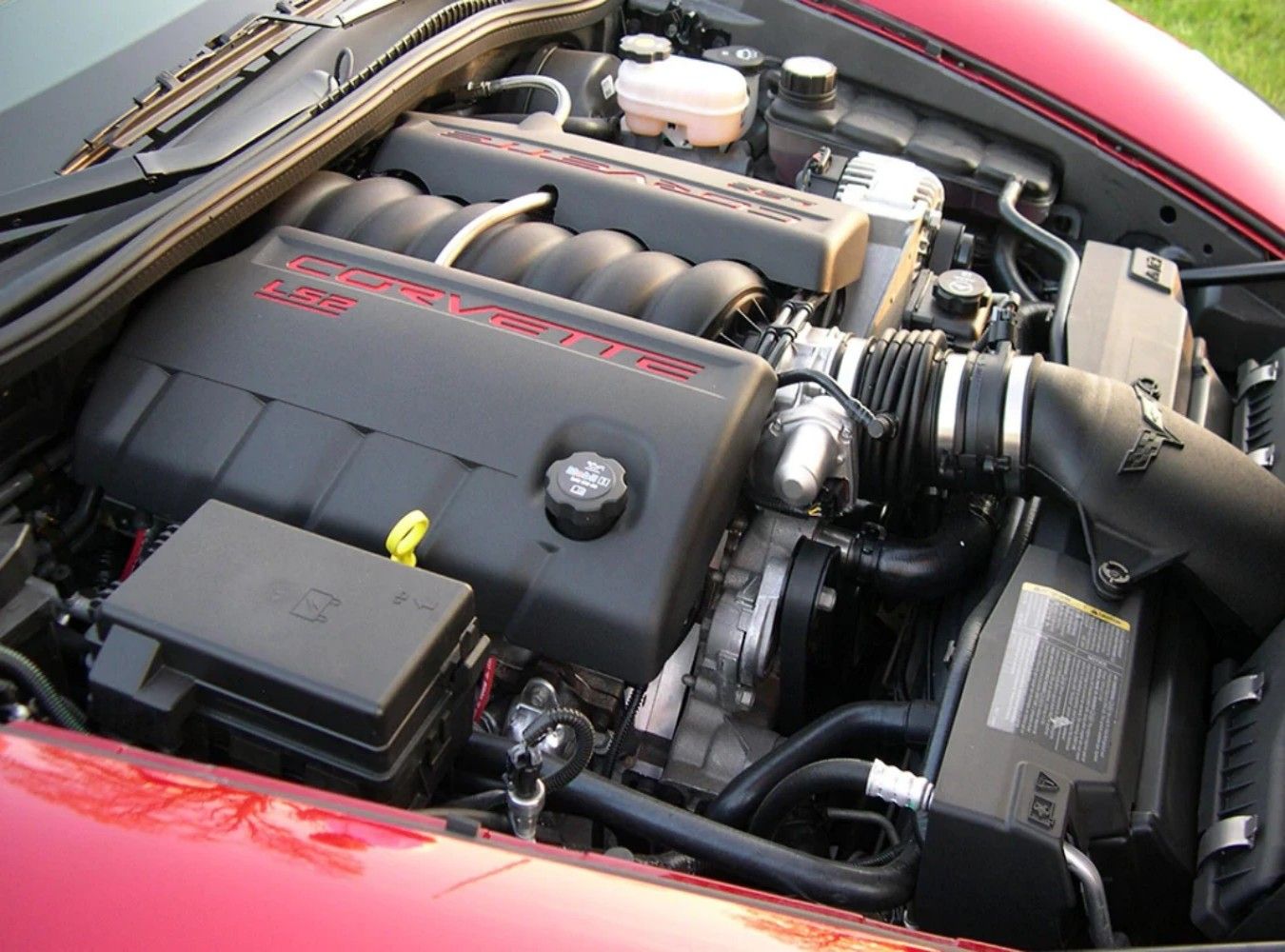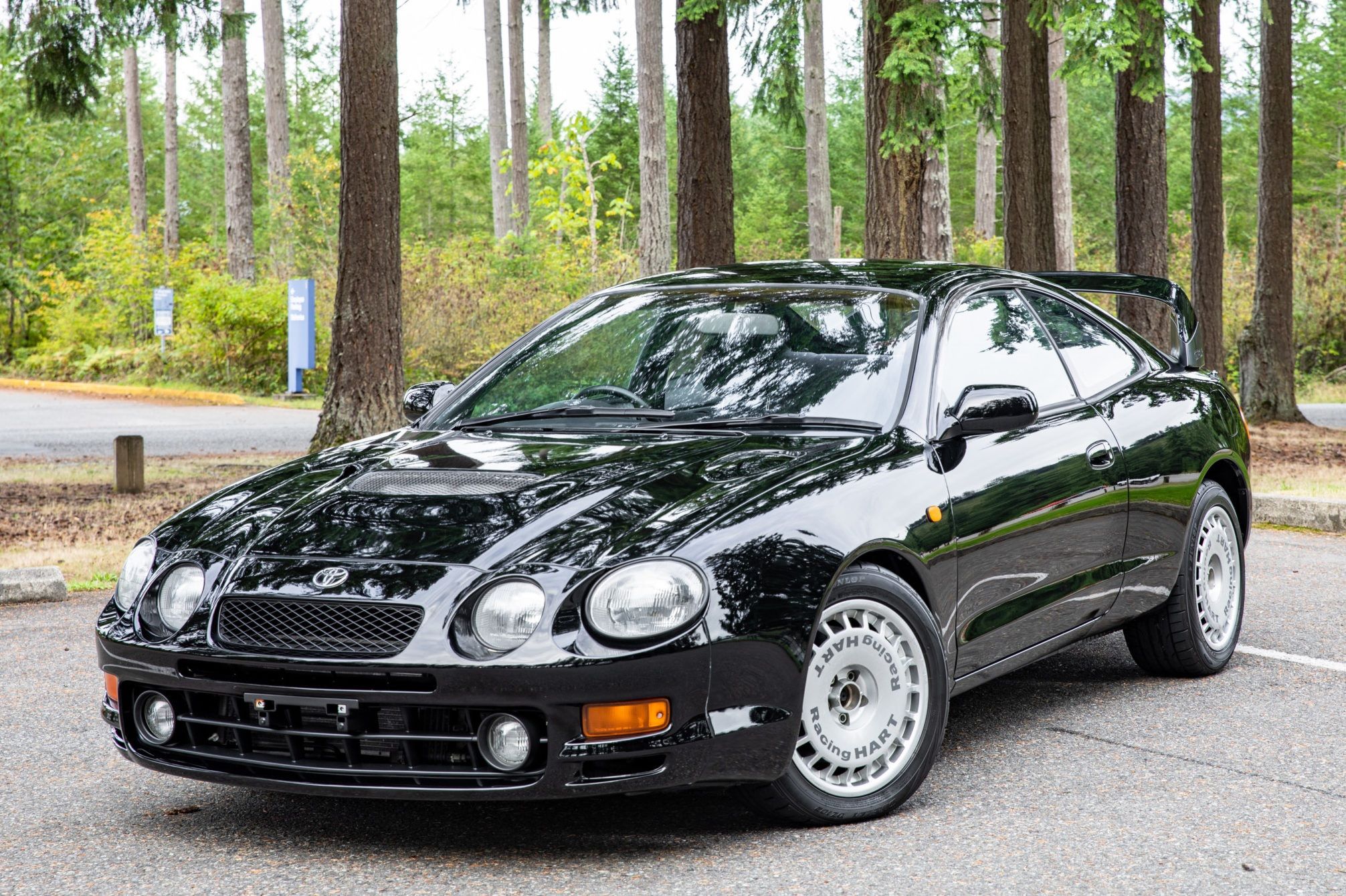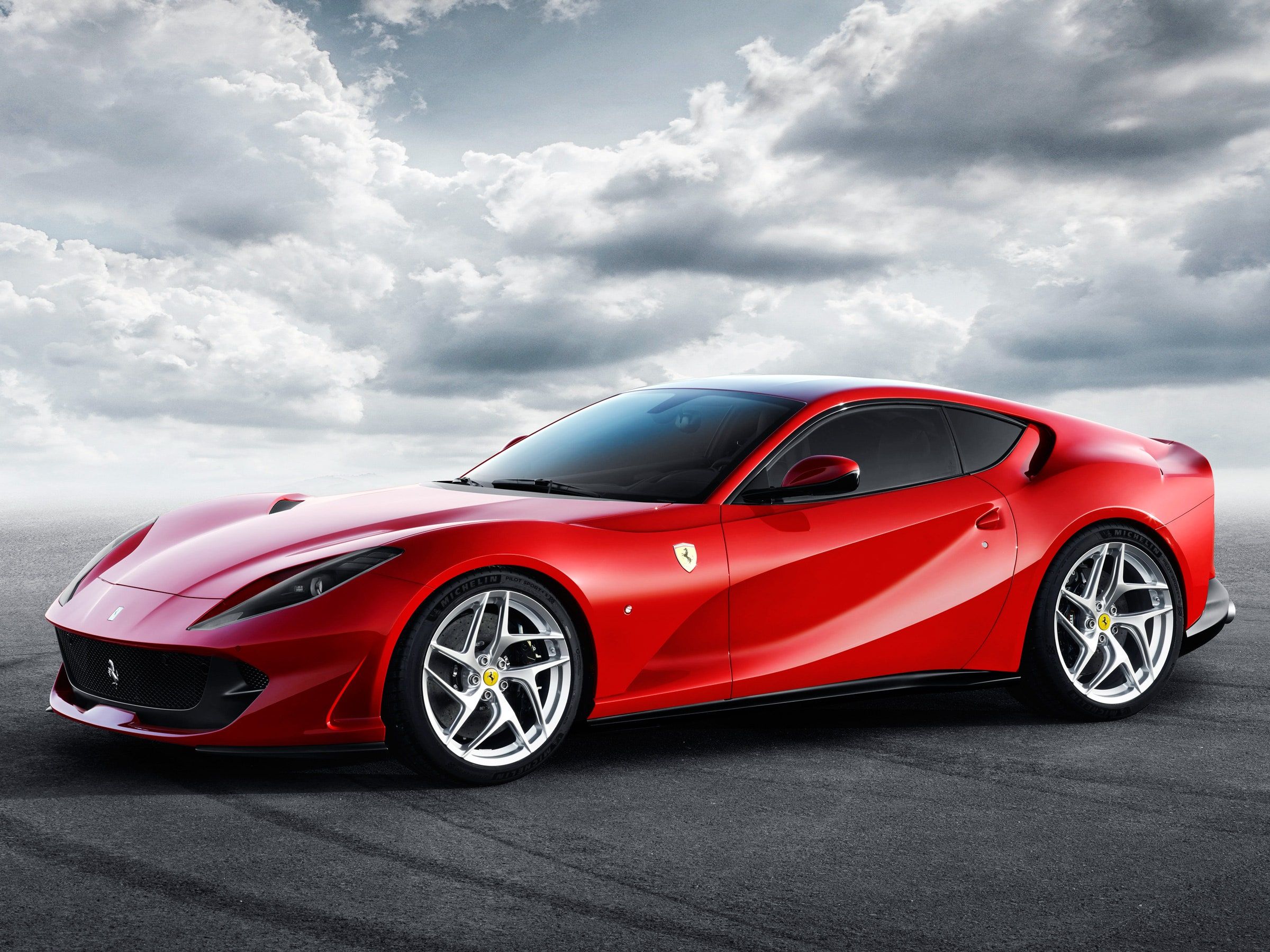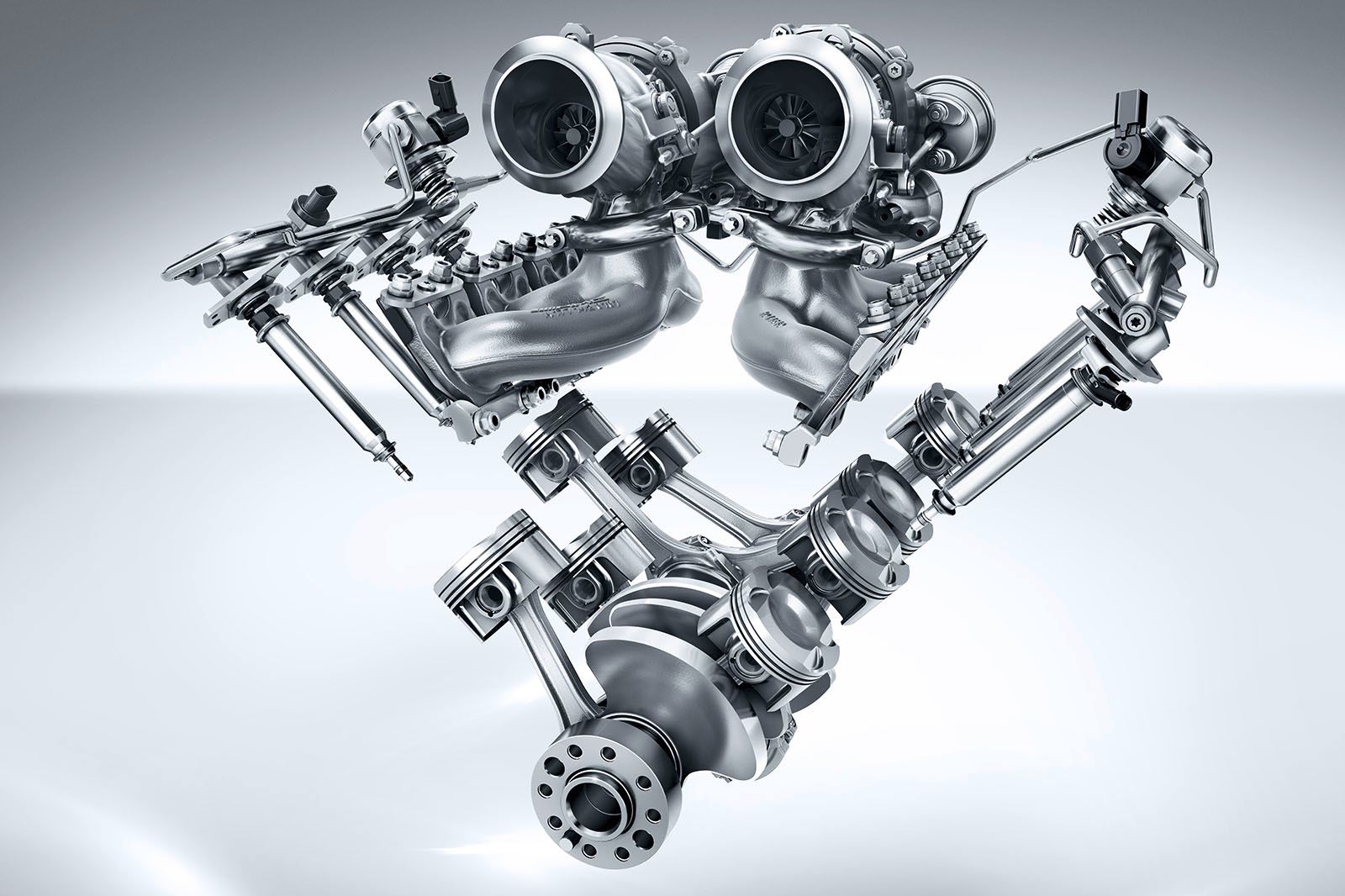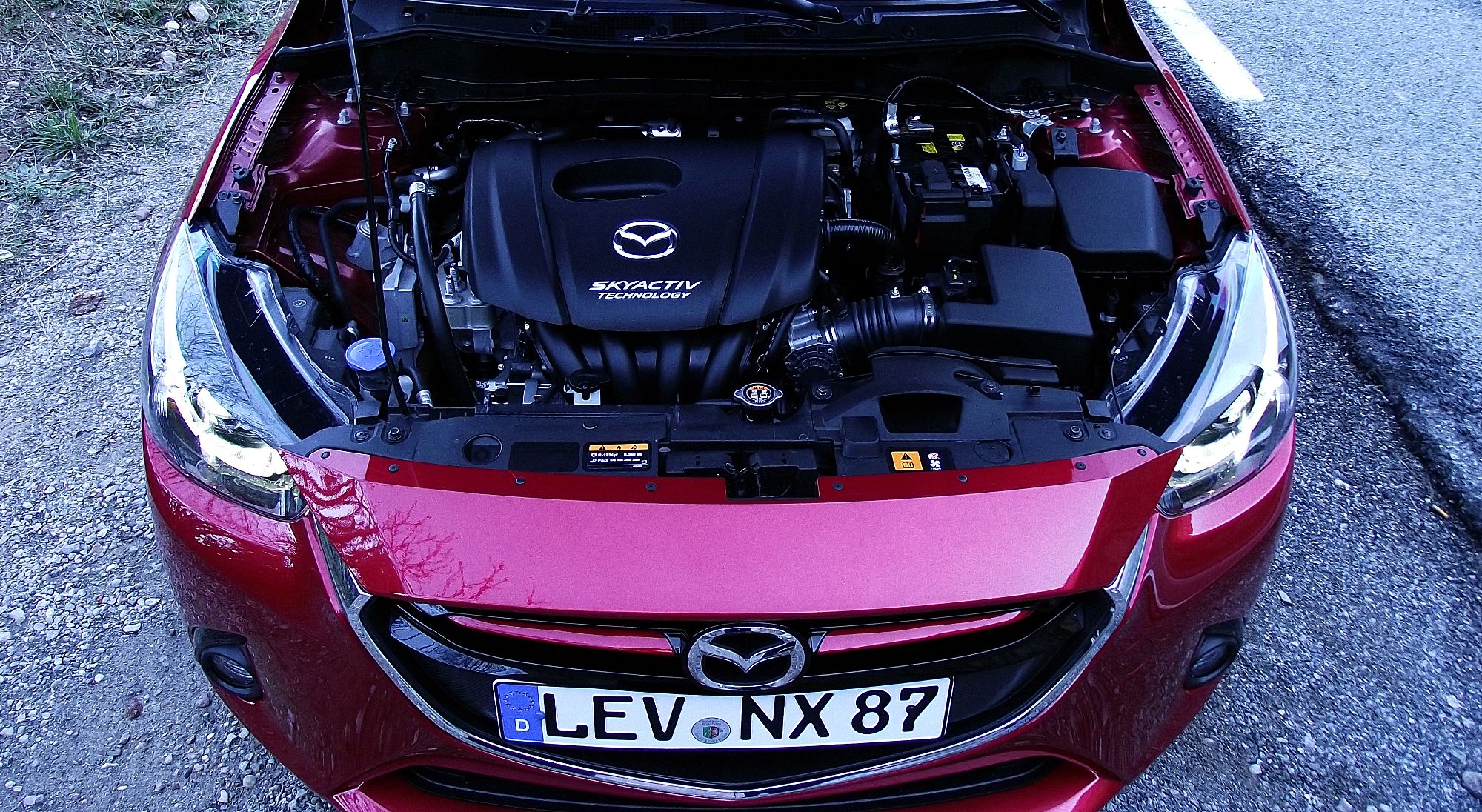The engine is the headquarters of a car and it is only natural that the types of engines have been a subject of debate for a long time. There are tons of engine options available in the market nowadays for people who love to customize their vehicles. More so for those who know their cars and love to work on them.
Some fans support turbo engines for their unmatched power while many remain in everlasting awe of the naturally aspirated ones for their extraordinary reliability, as evident from online reviews too, like on Team-BPH. A forced induction engine like a Turbocharger or a supercharger is driven by a turbine which works by forcing more compressed air into the combustion chamber and effectively multiplying the efficiency and power of the engine several times.
On the other hand, in a normally aspirated engine, the atmospheric pressure regulates the intake of air. NA used to be the most commonly used engine configuration, while turbochargers and superchargers were rare, which is no longer the case now. Most of the cars are equipped with smaller turbocharged engines these days.
No one person can declare a clear winner between naturally aspirated and turbocharged engines as both have their own merits and downsides. However, we can tell you what you need to know about them if you are out in the market to make a choice.
If you are a purist who adores naturally aspirated mill or if you are just an auto nerd, we have got you covered. No biases at all. If you are simply a curious buyer, the knowledge of the insides of your car will enable you to do mindful shopping.
With that said, here is everything you should know about turbocharged engines vs naturally aspirated engines. Read till the end for some meaty debate.
How Do They Work?
A turbocharger is a forced induction device that forced more compressed air and fuel into the engine. More air-fuel mixture in the cylinder means stronger explosion and as a result more power. In naturally aspirated engines, air intake depends on the atmospheric pressure. It does not artificially squeeze more air inside the cylinders which is why it requires a larger engine to produce more power.
The Advantages
Turbocharged engines aren't new, they have been around for a hundred years now. However, their dynamics have changed a lot. They aren’t for performance cars only anymore. Sedans and passenger cars have increasingly been making use of these forced induction engines these days. They can create more power with smaller compact size cylinders helping tiny turbocharged cars like Subaru WRX STI outrun anything.
The NA engines are old-fashioned but they have been around for almost as long as cars have. Since they do not employ forced induction systems, they are largely smoother. With precision engineering, these engines can match force-induced engines' power output. For example, powerful naturally aspirated cars like Ferrari 812 or Pagani Zonda HP Barchetta can produce power as much as whopping 789hp. Additionally, these engine types are easier to maintain and own.
The Disadvantages
Turbo engines need to spool up to produce the torque. However, the process takes its own sweet time to complete which causes turbo lag. The lag can be eliminated by employing a twin-turbo system but that will also result in more fuel consumption and larger emissions. Most of the time, it will finally render the twin-turbo completely unnecessary. A turbocharged engine produces a distinct whistle or whine while firing up, which some consider annoying. It is also expensive to own, repair, and maintain due to the added complexity.
Naturally breathing engines typically need to be larger in order to achieve an equivalent power output to their turbocharged counterparts. As a result, a significant increase in fuel consumption and emission can be observed in similarly performing cars. Additionally, NA engines' torque output lags behind their forced-induced sibling, resulting in the need of hitting higher in the rev band to achieve similar push.
Which Is Better?
There is no “one size fits all” when you are buying a car or customizing it for that matter. A naturally aspirated engine has its own list of pros and cons and the same can be said about the turbocharged ones. Overall it is an extremely personal choice which depends largely on what you are looking for.
If you are okay with a little less fuel efficiency and if you want a cleaner, smoother, naturally breathing car, then the NA option is for you. But if you love the concept of boosted power, smaller engines, and monstrous performance, go for a turbocharged setup. The lag is mostly harmless and lasts for just a few moments in most modern cars anyways.

